Parapet walls are architectural features that add character and functionality to buildings. They are the low protective walls that can be seen on the edge of a roof, balcony, or terrace. Parapet walls serve both aesthetic and practical purposes, providing a barrier against falls and offering additional privacy and security.
Types of Parapet Walls
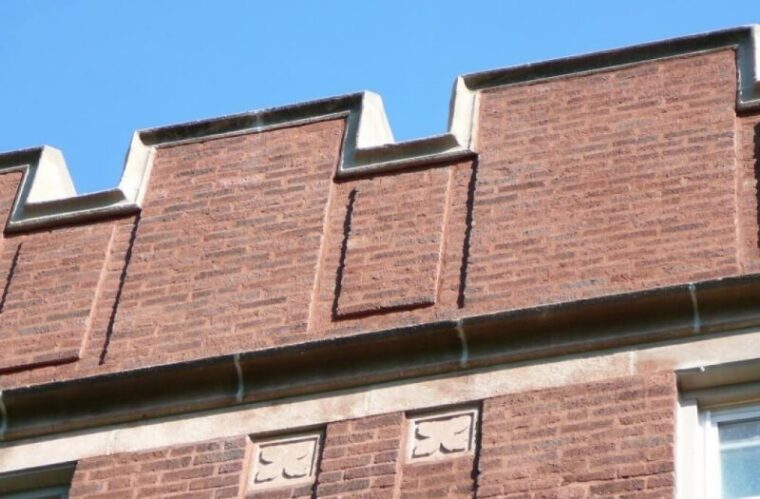
Parapet walls come in different styles and designs, each serving a unique purpose. The most common types of parapet walls include solid parapets, balustrade parapets, and pierced parapets.
- Solid Parapets: Solid parapet walls are thick and sturdy, providing a complete barrier along the edge of a building. They are commonly found in commercial buildings and serve as a safety measure to prevent falls.
- Balustrade Parapets: Balustrade parapets are characterized by a series of vertical columns or posts connected by a rail. This type of parapet wall adds an elegant touch to buildings, often found in residential properties.
- Pierced Parapets: Pierced parapet walls feature decorative openings or cutouts along the wall’s surface. These openings can be in the form of arches, circles, or other intricate designs. Pierced parapets are commonly used in historical buildings to enhance their visual appeal.
Uses of Parapet Walls
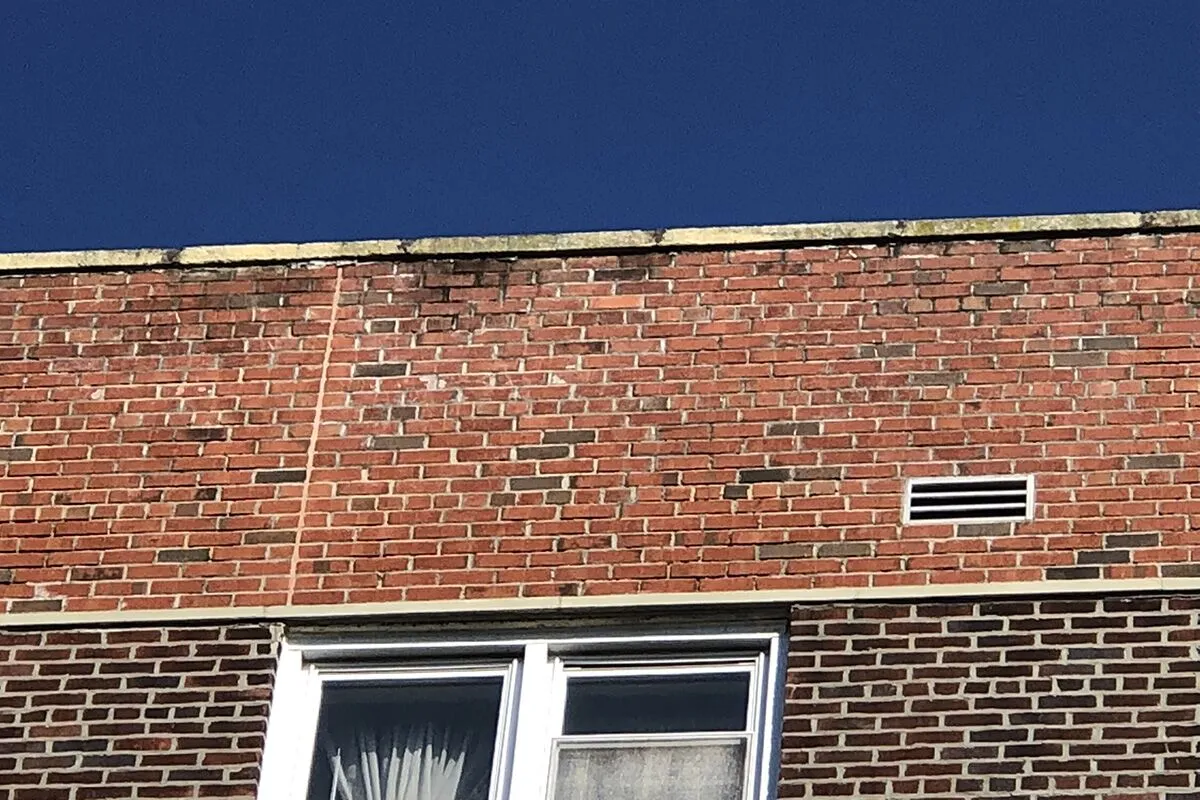
Parapet walls serve several important purposes in the construction of buildings. Let’s explore some of their primary uses:
- Safety: The primary function of parapet walls is to ensure safety. They act as a protective barrier, preventing accidental falls from rooftops, balconies, or terraces. Parapet walls are especially crucial in multi-story buildings where the risk of falls is higher.
- Privacy and Security: Parapet walls add an extra layer of privacy and security to buildings. They create a physical boundary that deters unauthorized access and enhances the sense of privacy for occupants.
- Aesthetics: Parapet walls contribute to the overall visual appeal of a building. They can be designed to match the architectural style of the structure, adding character and charm. Parapet walls also serve as a decorative element, enhancing the building’s exterior.
- Wind Barrier: Parapet walls help to reduce the impact of strong winds on the building, minimizing the risk of structural damage. By acting as a wind barrier, they enhance the stability and durability of the entire structure.
Common Issues with Parapet Walls
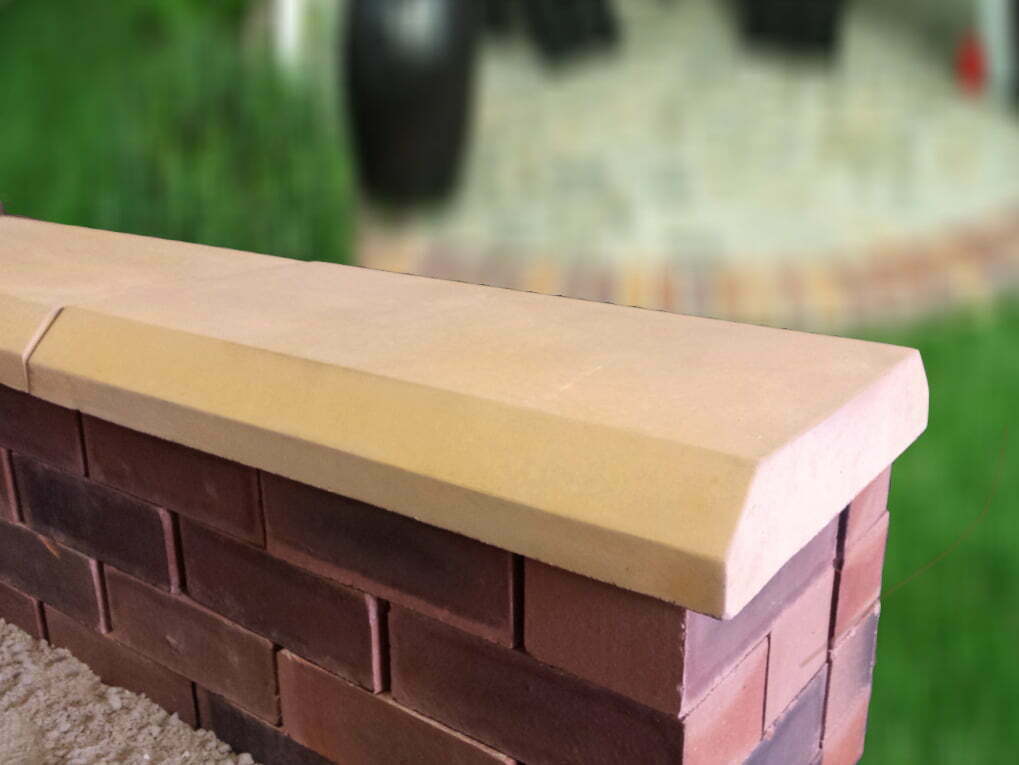
While parapet walls offer numerous benefits, they are not immune to problems. Over time, parapet walls can develop various issues that require attention and repair. Here are some common problems faced by parapet walls:
- Water Damage: Water damage is a prevalent issue with parapet walls, especially if they are not adequately waterproofed. Moisture can seep through cracks or gaps, leading to rot, mold growth, and structural deterioration.
- Cracking and Settling: Due to the exposure to weather conditions and natural settling of the building, parapet walls may develop cracks over time. These cracks can compromise the stability of the walls and require immediate attention.
- Loose or Missing Coping Stones: Coping stones, which are the protective caps on top of parapet walls, can become loose or go missing. This can expose the underlying structure to further damage, such as water infiltration and erosion.
- Mortar Deterioration: The mortar holding the bricks or stones together in a parapet wall can deteriorate over time. This can weaken the entire structure, leading to instability and potential collapse if not addressed promptly.
Signs of Parapet Wall Damage
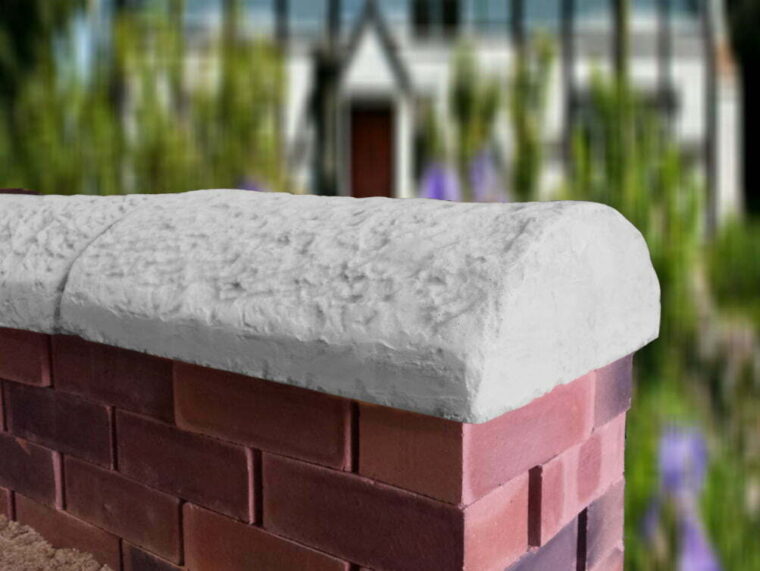
Identifying signs of parapet wall damage early on is crucial to prevent further deterioration and costly repairs. Here are some signs to look out for:
- Visible Cracks: Cracks on the surface of the parapet wall are an obvious indication of damage. These cracks can be hairline or wider, depending on the severity of the issue.
- Water Stains: If you notice water stains or discoloration on the parapet wall or the adjacent areas, it may be a sign of water damage. This could be an indication of a leak or poor waterproofing.
- Sagging or Bulging: A parapet wall that appears to be sagging or bulging is a red flag for structural problems. This could be a result of settling, inadequate support, or deteriorated materials.
- Loose or Missing Coping Stones: If you notice any coping stones that are loose, damaged, or missing, it is a sign of potential damage to the parapet wall. This can expose the underlying structure to further issues.
- Dampness or Mold Growth: Excessive dampness or the presence of mold and mildew on or around the parapet wall indicates a moisture problem. This can lead to severe water damage if not addressed promptly.
Repairing Parapet Wall Damage
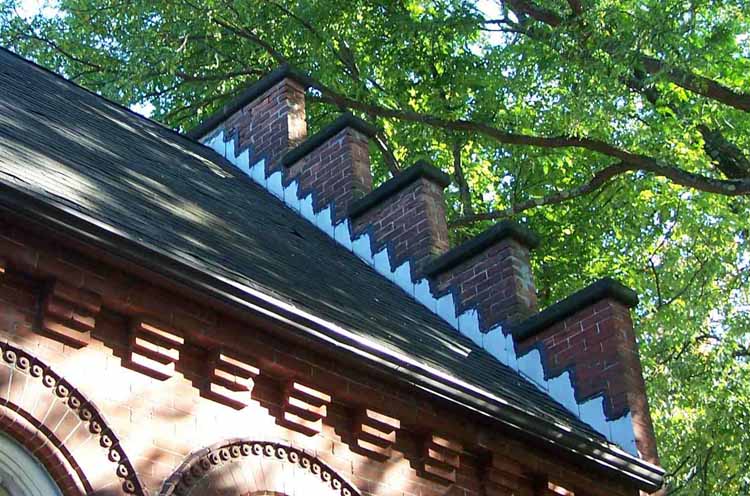
When it comes to repairing parapet wall damage, it is essential to act swiftly to prevent further deterioration and ensure the structural integrity of the building. Here are some common repair methods for parapet wall damage:
- Crack Repair: Cracks in parapet walls can be repaired by injecting epoxy or other suitable materials into the cracks to fill them and restore stability. In severe cases, damaged sections of the wall may need to be rebuilt.
-
-
- Waterproofing: Applying a waterproofing membrane or sealant to the parapet wall can protect it from water damage. This involves cleaning the surface, repairing any existing damage, and applying the waterproofing material.
-
- Coping Stone Replacement: Loose or missing coping stones should be replaced to prevent further damage to the parapet wall. This involves carefully removing the damaged stones and installing new ones securely.
-
- Mortar Repointing: If the mortar in the parapet wall has deteriorated, repointing is necessary to restore its strength and stability. This process involves removing the deteriorated mortar and replacing it with fresh mortar.
-
Preventing Parapet Wall Damage
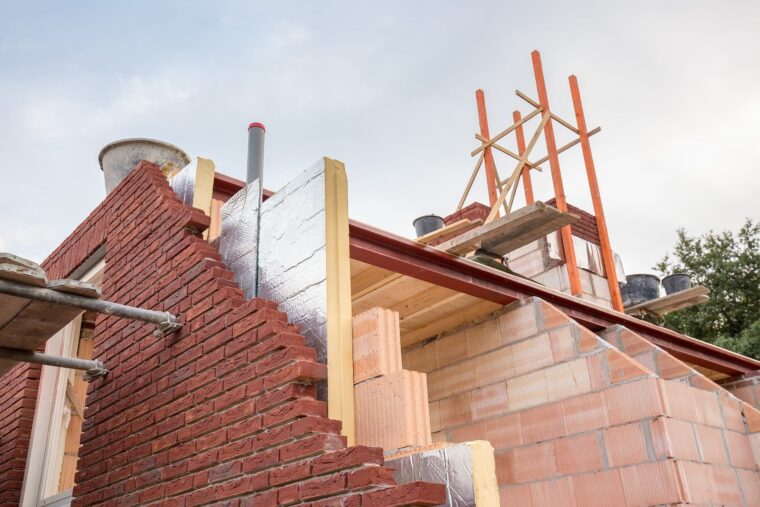
Prevention is always better than cure when it comes to parapet wall damage. Here are some preventive measures you can take to maintain the integrity of your parapet walls:
-
-
- Regular Inspections: Conduct regular visual inspections of your parapet walls, looking for signs of damage or deterioration. Catching issues early on can prevent more extensive damage and costly repairs.
-
- Proper Maintenance: Keep the parapet walls clean and free from debris that can trap moisture and cause damage. Avoid using harsh chemicals or abrasive materials during cleaning, as they can harm the surface.
-
- Inspect and Maintain Roof Drainage: Ensure that the roof drainage system is functioning correctly to prevent water accumulation on the parapet wall. Properly installed gutters and downspouts will help redirect water away from the wall.
-
- Address Minor Issues Promptly: If you notice any minor issues, such as hairline cracks or loose coping stones, address them promptly before they escalate into more significant problems.
-
Hiring a Professional for Parapet Wall Repairs
While some minor parapet wall repairs can be tackled as DIY projects, it is often best to hire a professional to ensure the job is done correctly and safely. A professional contractor or mason will have the necessary expertise, tools, and materials to assess and repair the damage efficiently. Additionally, they can provide valuable advice on preventive measures and maintenance tips to extend the lifespan of your parapet walls.
Tips for Maintaining Parapet Walls
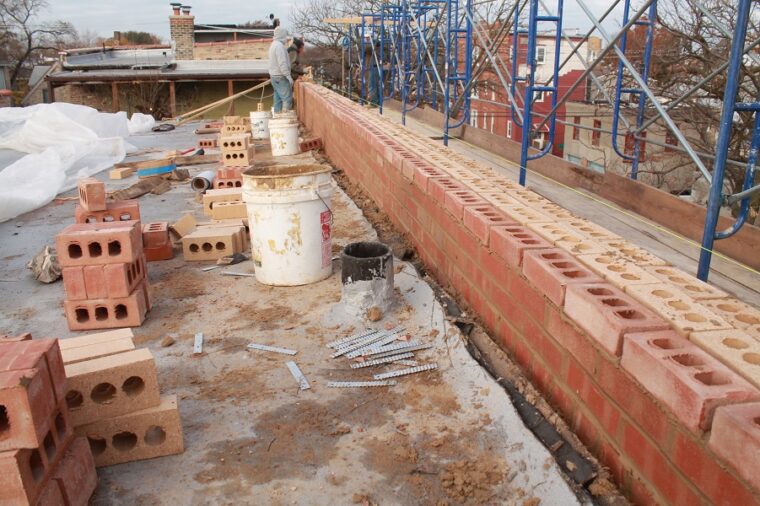
While major repairs are best left to the professionals, there are some simple maintenance tasks you can do as a homeowner to keep your parapet walls in good condition:
-
-
- Regular Cleaning: Clean the surface of the parapet walls regularly with a mild detergent and a soft brush or sponge. This will help remove dirt, grime, and other debris that can contribute to damage.
-
- Inspect and Seal Cracks: If you notice any small cracks, you can seal them yourself using an appropriate sealant. This will help prevent water infiltration and further damage.
-
- Check Coping Stones: Periodically check the condition of the coping stones on top of the parapet wall. If you find any loose or damaged stones, carefully remove and replace them.
-
- Trim Overhanging Trees: If there are any trees or branches overhanging the parapet walls, trim them regularly to prevent damage from falling branches, leaves, or sap.
-
Conclusion
Understanding the various types, uses, and common issues associated with parapet walls is essential for homeowners and building owners alike. By knowing the signs of parapet wall damage and taking preventive measures, you can ensure the longevity and safety of your property.
